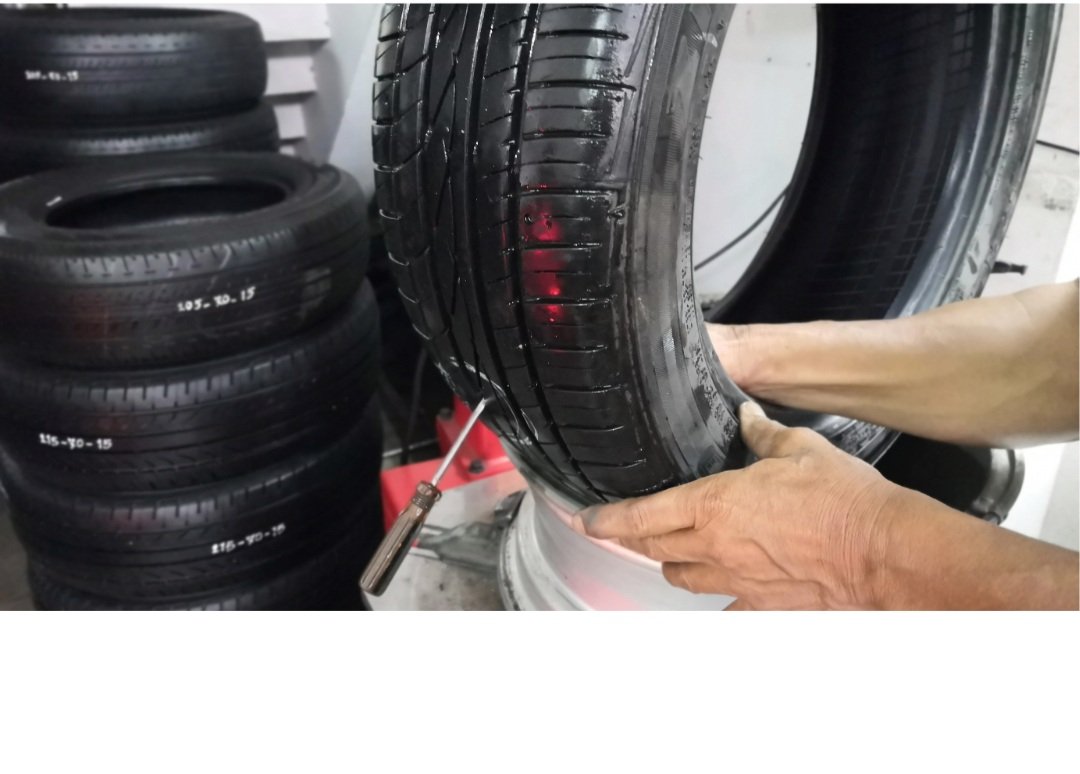Understanding Tire Grading: What Retailers Need to Know
When it comes to stocking inventory, retailers need to ensure they offer the best quality and value to their customers. One of the most critical factors in selecting the right tires is understanding tire grading standards. These standards help determine a tire’s durability, traction, and temperature resistance, ensuring that retailers can confidently supply products that meet consumer needs. In this guide, we’ll break down tire grading systems and how they impact inventory selection.
What Is Tire Grading?
Tire grading is a standardized system developed to evaluate the performance and longevity of tires. The U.S. Department of Transportation (DOT) established the Uniform Tire Quality Grading (UTQG) system, which assesses tires based on three key criteria:
Treadwear: Measures a tire’s durability relative to a reference tire.
Traction: Evaluates a tire’s grip on wet surfaces.
Temperature Resistance: Determines how well a tire withstands heat buildup.
Understanding these ratings allows retailers to make informed decisions when stocking both new and used tires, ensuring their customers receive the best options for their vehicles.
Breaking Down Tire Grading Standards
1. Treadwear Ratings
Treadwear ratings indicate how long a tire is expected to last compared to a standard control tire rated at 100. For example:
A tire with a treadwear rating of 300 lasts three times longer than the control tire.
A higher treadwear rating means better longevity, making it a key factor for customers looking for durable options in a used tires shop.
Retailers should consider offering a variety of treadwear options to meet different consumer needs, from budget-conscious buyers to those prioritizing longevity.
2. Traction Grades
Traction grades indicate a tire’s ability to stop on wet pavement, classified into the following:
AA (Best)
A (Good)
B (Average)
C (Below Average)
For retailers, stocking tires with AA and A traction ratings ensures customer satisfaction, particularly in areas prone to rain and wet driving conditions. For businesses dealing in wholesale tires, understanding traction grades is crucial for meeting different regional demands.
3. Temperature Resistance Ratings
Temperature resistance is graded as:
A (Excellent heat resistance)
B (Good heat resistance)
C (Acceptable but lower resistance)
Since heat buildup can lead to tire failure, selecting tires with high-temperature grades ensures safety and performance. Retailers catering to warmer climates should focus on tires with an A rating to meet customer expectations.
How Tire Grading Impacts Inventory Selection
By understanding tire grading, retailers can optimize their inventory to match consumer demands. Consider these strategies:
Stocking high treadwear-rated tires for customers who prioritize longevity.
Offering a variety of traction grades to cater to different driving conditions.
Ensuring temperature-resistant options for areas with extreme heat.
Retailers looking to buy used tires in bulk should verify these grades to maintain quality and customer trust.
Choosing Between New and Used Tires
While new tires offer premium performance, used tires can be a cost-effective option for many customers. Businesses that supply new and used tires should verify tread depth, wear patterns, and grading before resale. Ensuring high-quality used tires allows retailers to offer budget-friendly options without compromising safety.
Final Thoughts: Why Tire Grading Matters
For tire retailers, understanding and leveraging tire grading systems can make a significant impact on customer satisfaction and business success. Whether selling new or used tires, knowing which grades perform best will help maximize profits and ensure that customers receive reliable products.
Looking to stock high-quality used tires ? Visit TIRE NATION by CT today to explore our extensive inventory.


